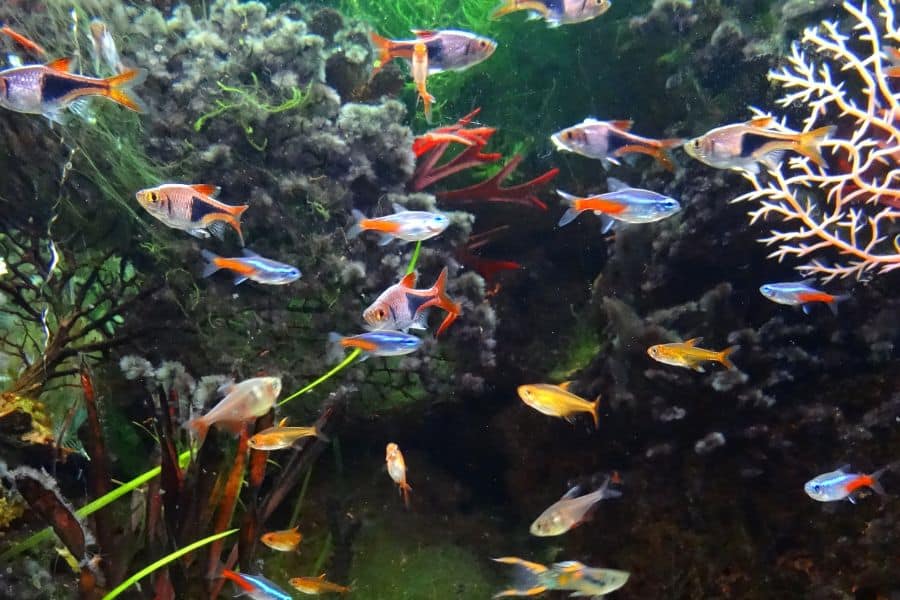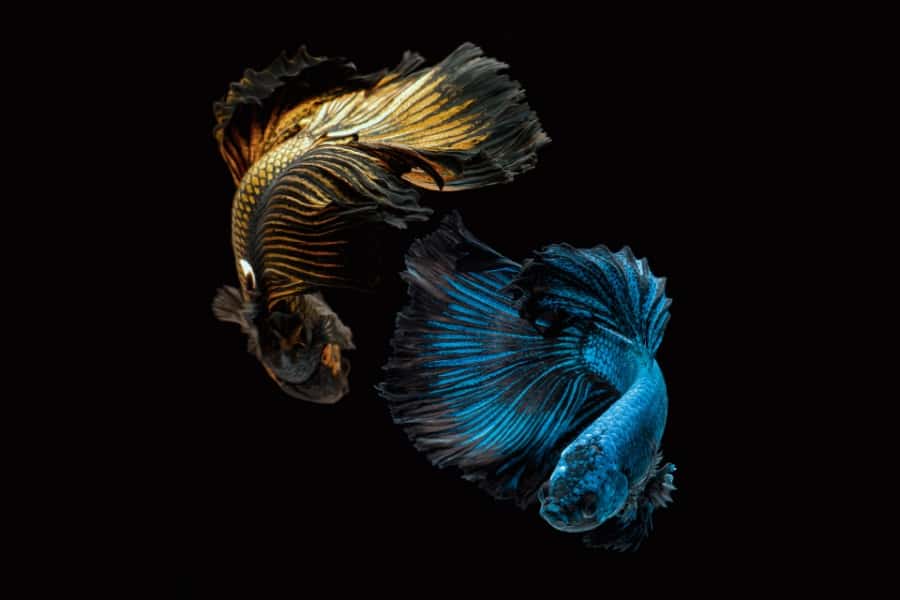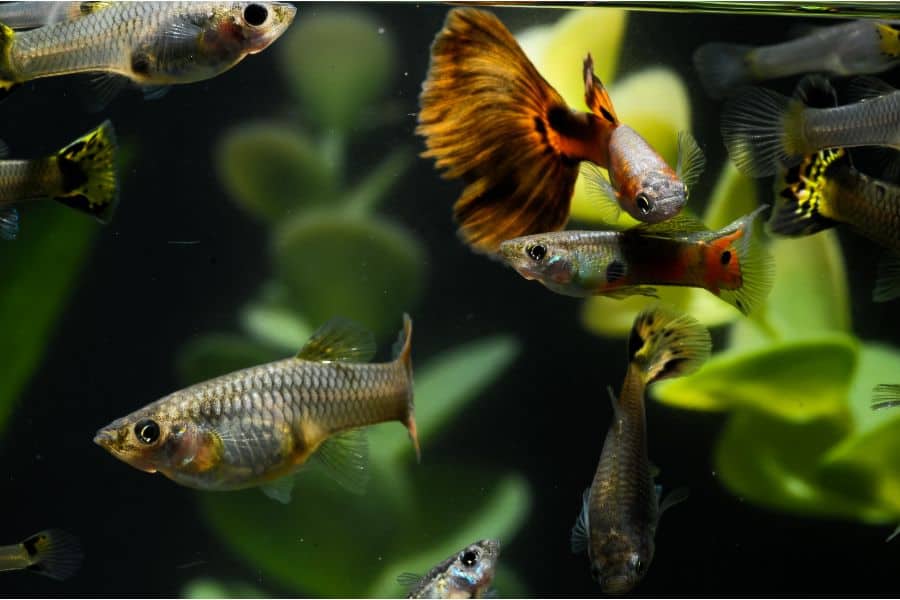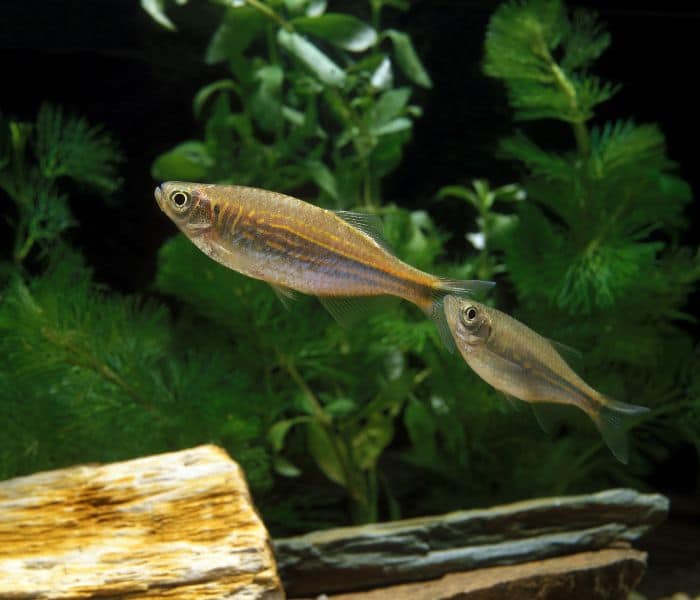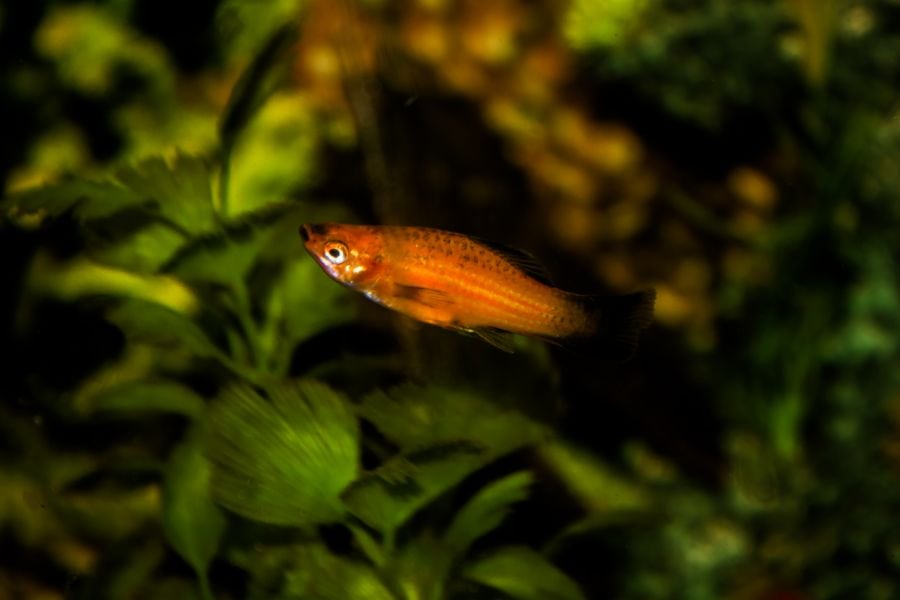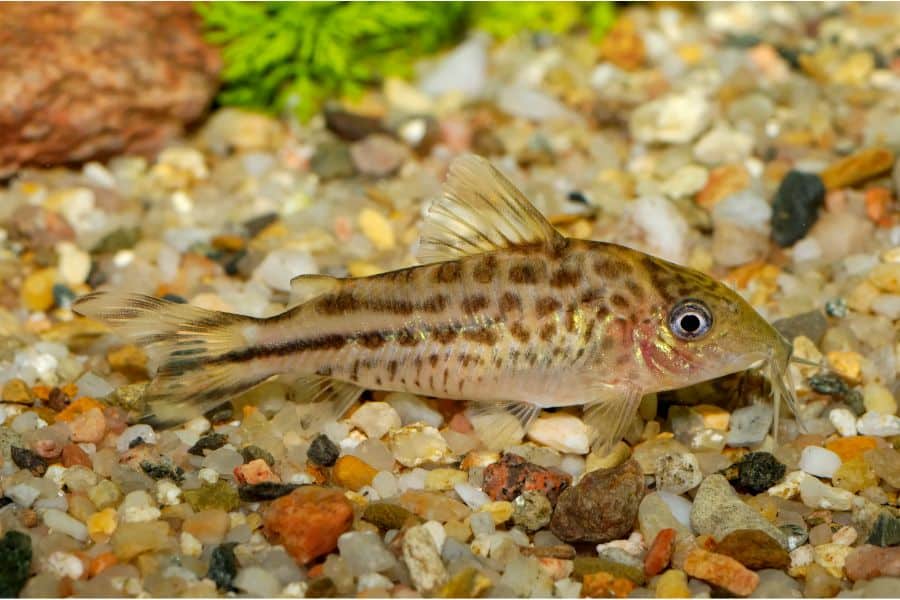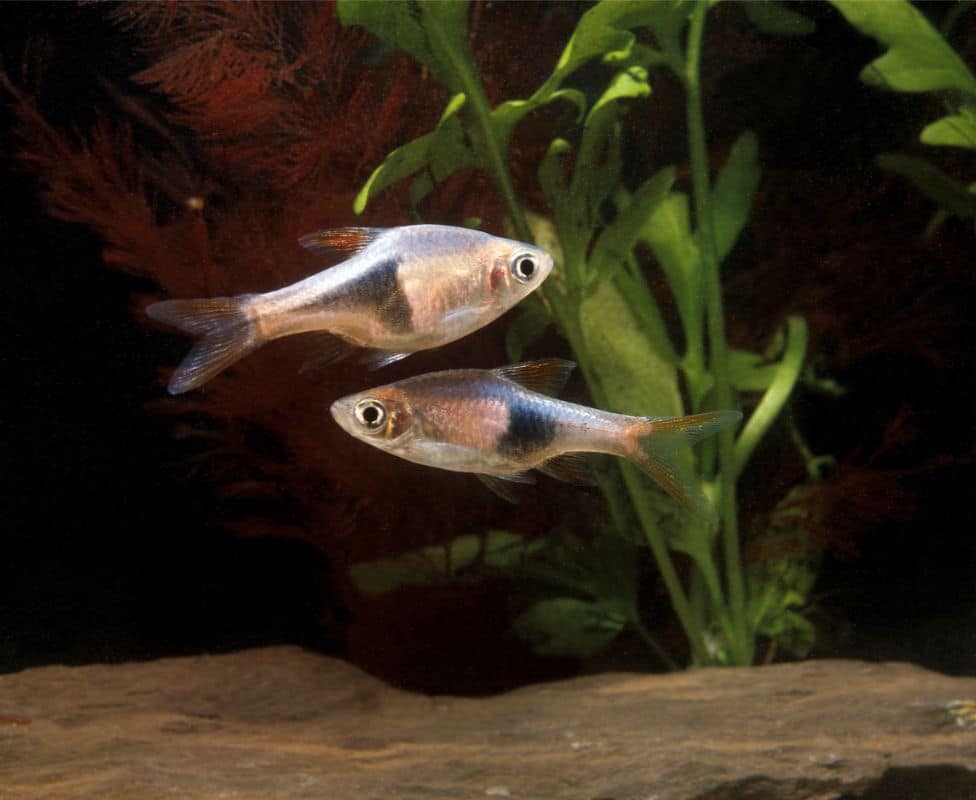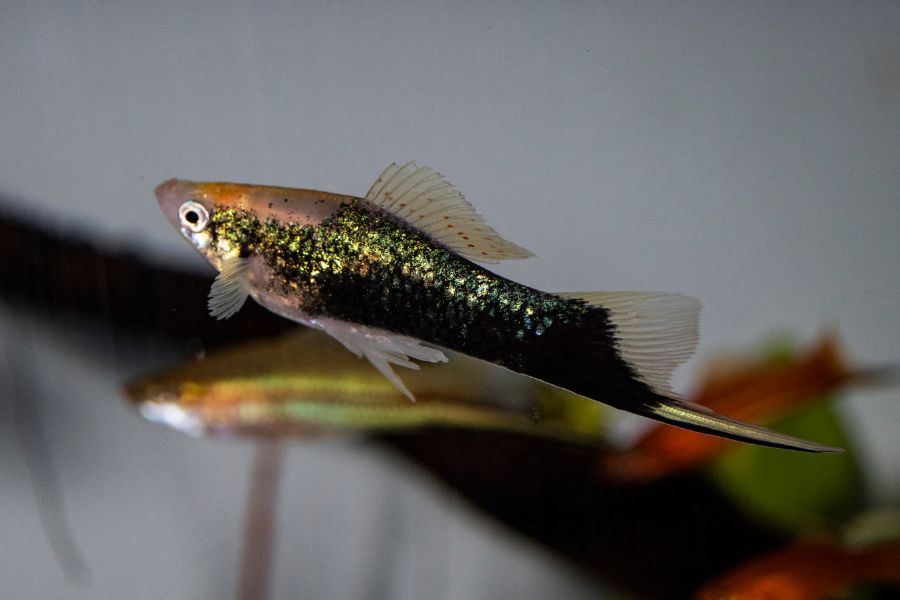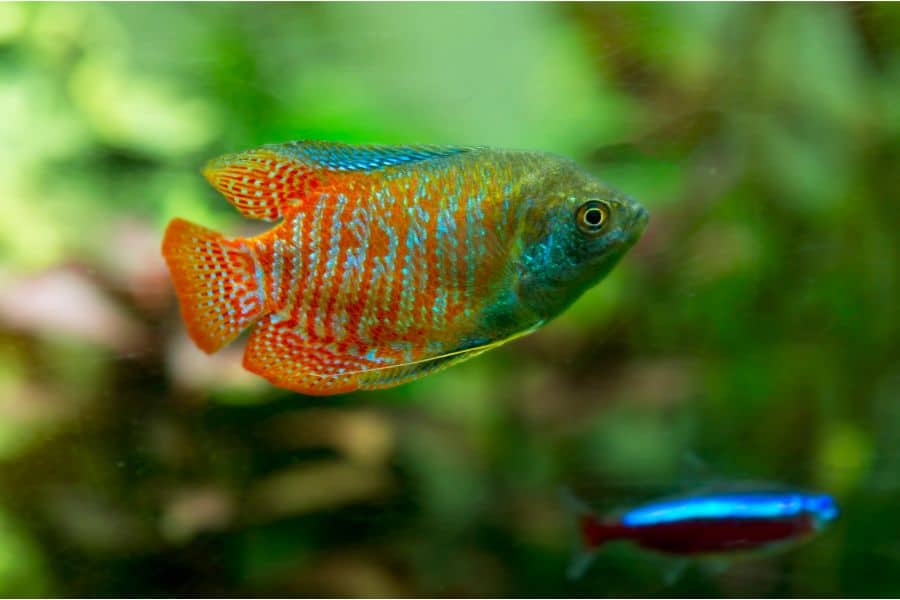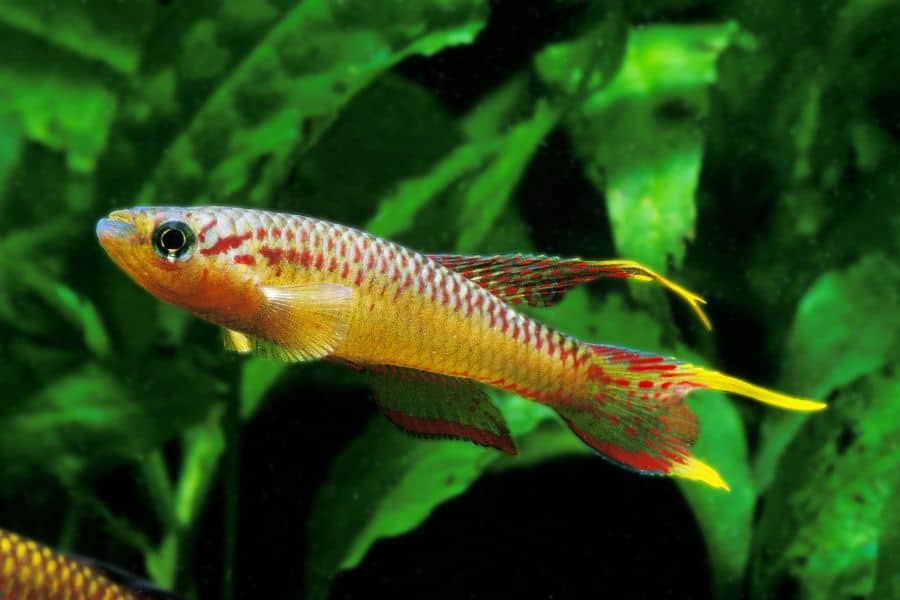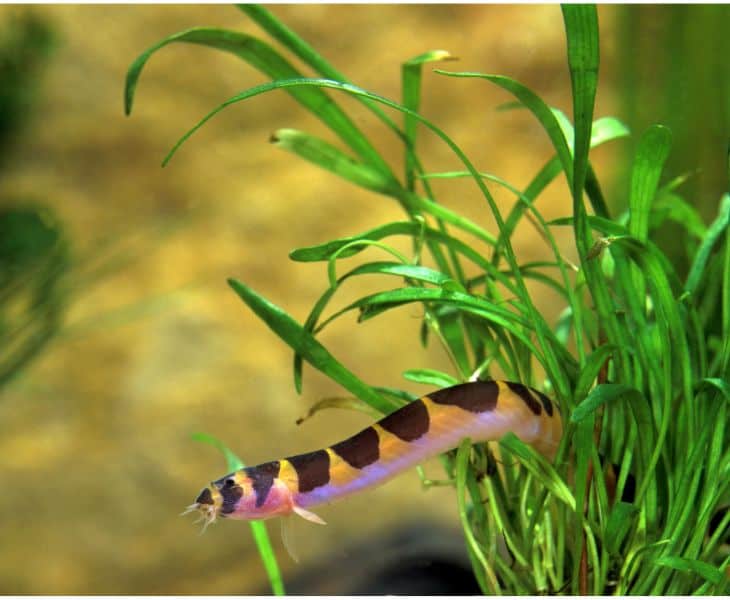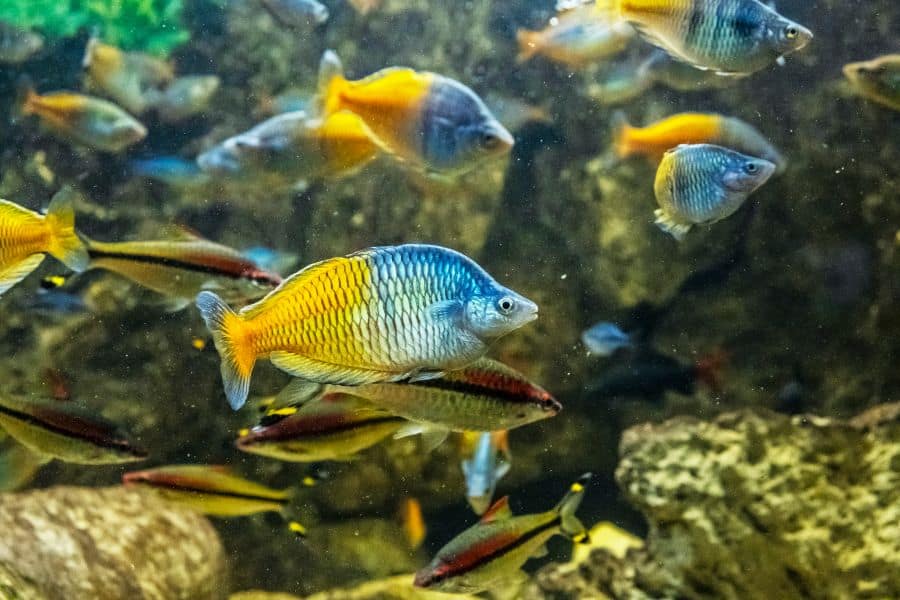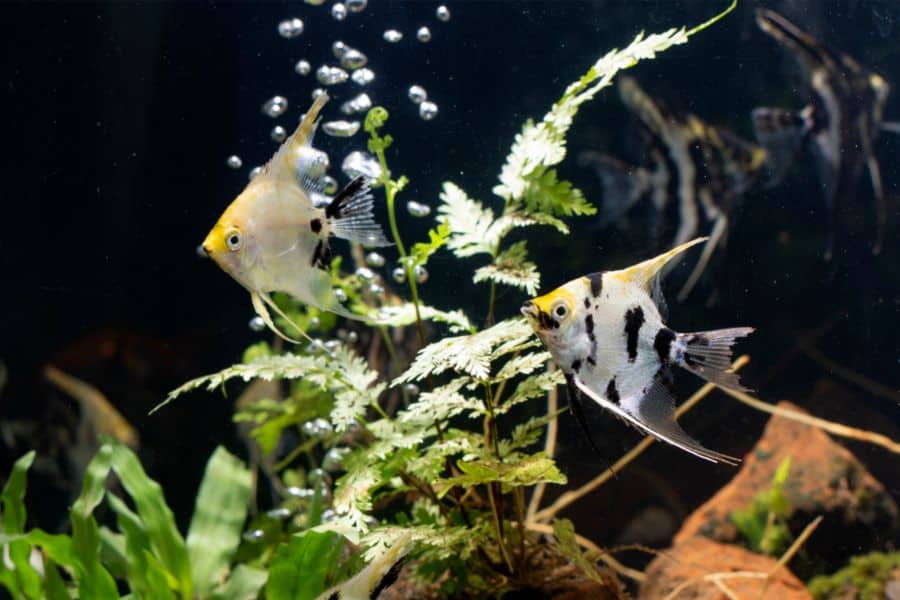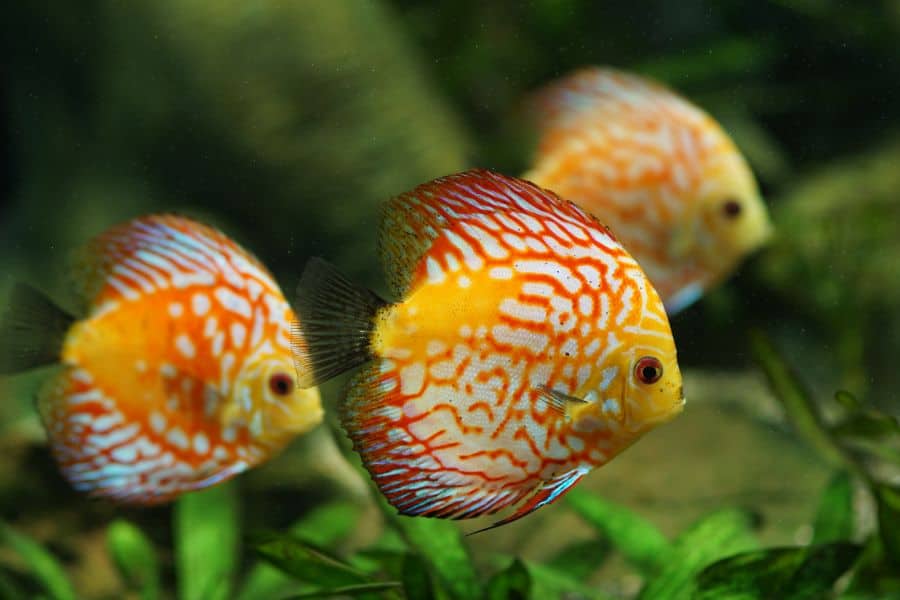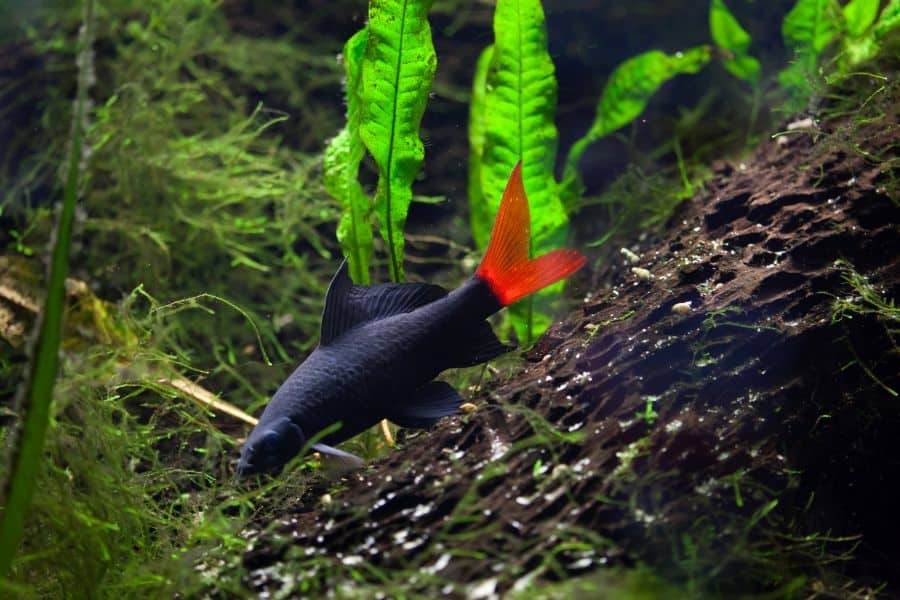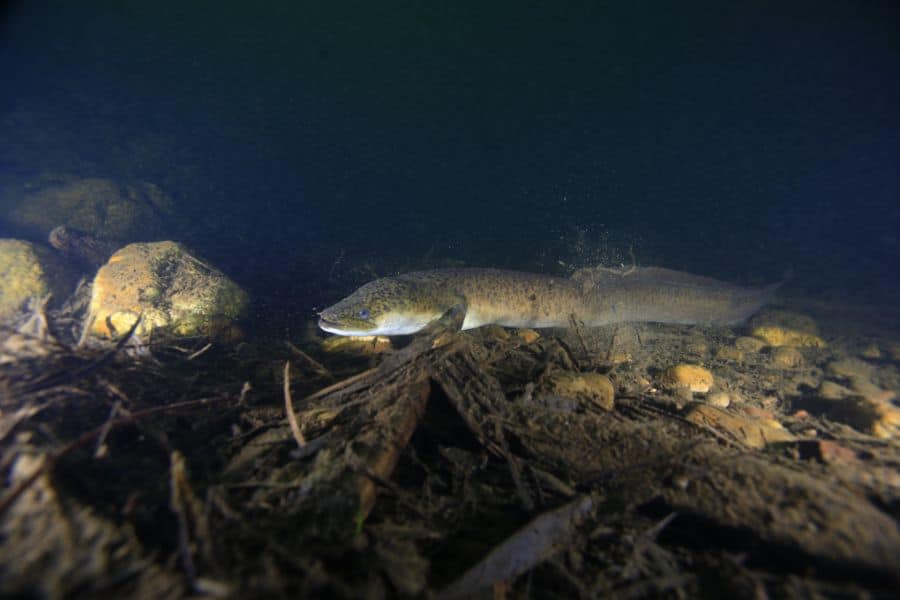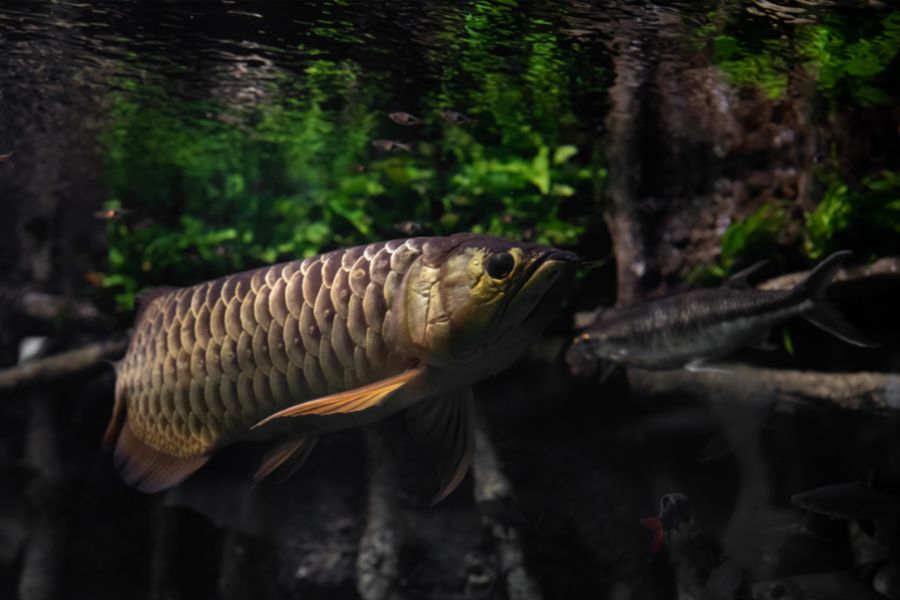Tropical fish have long captivated the hearts of many aquarium hobbyists and enthusiastic fishkeepers, beginner or expert alike.
That said, caring for them isn’t always as straightforward as it seems, especially for aquarium owners who live in cold-weather climates.
In this article, we’ll talk about what sets tropical fish apart from non-tropical species. We’ll also discuss the most popular tropical fish species for freshwater aquariums so that you can plan the perfect tropical aquarium at home!
What Are Tropical Fish?
Before getting into the meal of our topic, let’s first ask the most important question: what are tropical fish? What makes these fish different from the non-tropical side of the family?
Tropical fish are fish species that live in the tropical and subtropical regions of the world, hence their name. These areas are known for their high temperatures and equally high humidity levels all throughout the year.
There’s also very little variation from season to season. In fact, many tropical countries only have two: dry and wet. The climate remains relatively warm – the only difference is usually the amount of rain that they receive.
Some examples of such regions include Southeast Asia, Northern Australia, the Amazon Basin in South America, the Congo Basin in central Africa, the Caribbean islands, West Africa, the Indo-Pacific, and Central America.
That said, it’s exactly this reason–warm weather on top of the lack of significant temperature fluctuations throughout the year–why tropical waters are incredibly diverse.
Think of it as an ecosystem with a higher metabolism. Animals and plants evolve fast in these regions. Over time, the differences between species don’t just rapidly grow but also exponentially.
This is also why many tropical fishes have managed to develop striking and often flamboyant colors, intricate patterns, and other unique characteristics that are sure to capture the hearts of many aquarists.
Keep in mind that if you want to take care of tropical fish and you live in a cold-weather climate, you need to have a reliable heater in your aquarium. The ideal temperature range for tropical fish is 75° and 80°F or 24°C to 27°C. Any colder than this and your fish can get sick or worse.
20 Most Popular Tropical Fish Species
Now that you know what tropical fish are, let’s talk about the most popular tropical fish species that you can keep in your home aquarium.
1. Betta Fish
Few tropical fishes are as iconic and as remarkable as the Betta fish.
Also known as the Siamese fighting fish due to their native home of Thailand, these small, gorgeous fishes are perhaps some of the most popular tropical fish species worldwide.
They’re known for several things: their need to stay alone in their own tank, their territorial nature that causes them to flare at anything they deem a threat, and the wide array of colors and fin variations they come in, among many others.
Luckily, Bettas are great beginner fish. If you’re interested in trying your hand at tropical fishkeeping, you can’t go wrong with this beauty.
2. Guppies
Another staple in the aquarium hobby, Guppies are best known for being livebearers – and really hardworking ones at that.
They’re fairly easy to care for, even for complete beginners. They don’t have any unique tank requirements or water parameter needs. They’re also hardy yet shy little creatures who feel most comfortable with a school of at least 6 other Guppies.
We have to warn you, though. Make sure you have a single-sex tank unless you want an explosion of population in the next few months. Guppies can be prolific breeders.
Other than that, you’ll be happy to enjoy these schooling fish go about in your home aquarium.
3. Mollies
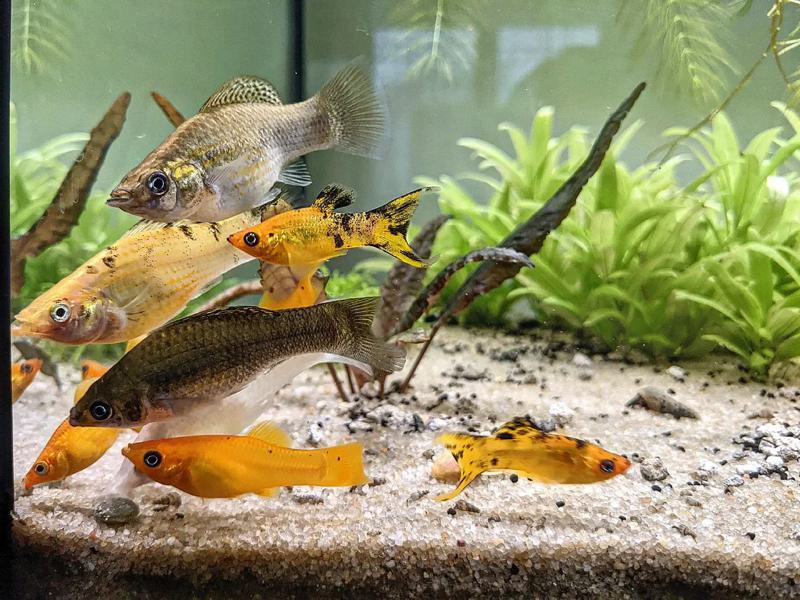
Mollies are another live-bearing tropical fish species that is great for beginner aquarists. They’re pretty hardy and can thrive in various environments, such as freshwater, brackish water, and even saltwater tanks.
That said, unlike Guppies, they do have a few more needs. For instance, their diet should include a portion of vegetable matter since that’s what they’re used to in the wild.
Additionally, while they can live just fine in a purely freshwater tank, some aquarists prefer adding a pinch of aquarium salt to maintain their health.
There are plenty of Molly variants around, such as sailfin, balloon, lyretail, and dalmatian, so you’re sure to find one that suits you best.
4. Danios
Danios belong to the Cyprinidae family, the same large one that Barbs, Minnows, and Goldfish are also in.
Within their own species, there’s a whole host of subspecies available, ranging from the lightning-fast Zebra Danio to the relatively huge Giant Danio to the exquisite Pearl Danio.
Regardless of their species, though, Danios are pretty active creatures that require ample swimming space. We recommend keeping them with at least 6-7 other Danios in a 20-gallon tank.
They’re good beginner tropical fish because of their ease of care and ability to thrive in neutral water conditions. While most variants do prefer heated tanks, some can tolerate non-heated environments.
5. Platies
Platies are a captivating, live-bearing species belonging to the Xiphophorus family. There are two primary species, the Southern platyfish and the Variable platyfish.
However, decades of selective breeding have led to the creation of a stunning array of colorful and intriguing variations, such as Platy neon blue wagtail, Platy sunset, Platy panda, Platy tuxedo red, and more.
They’re pretty robust fish that can tolerate the hard water conditions often found in tap water in many countries. They can also coexist with other livebearers like Guppies and Mollies, making them excellent additions to lively community aquariums.
6. Cory Catfish
Corydoras catfish, better known as Cories, Corys, or Cory Cats, are a diverse group of shoaling fish available in numerous varieties. There are 170+ subspecies, including popular ones like Pygmy, Panda, and Peppered Corys.
These diligent little fish serve as excellent caretakers for your aquarium, displaying hardiness, peacefulness, and endearing bottom-dwelling behaviors while actively engaging in tank cleaning.
They’re diurnal, which means they’re active during the day. They love socializing with their kind, which is why you should house them with at least 4 or 5 other Corys in the tank.
While most Cory Catfish species are ideal for beginners, a few may require more experienced aquarists due to their selective feeding habits. Supplementing their diet with live bloodworms and tubifex worms can encourage breeding behavior in your Cories.
7. Pea Puffer

Freshwater pufferfish are a unique and unexpected addition to the world of home aquariums, considering their reputation as primarily saltwater inhabitants.
While saltwater pufferfish are often large and solitary due to their aggressive nature, the Pea Puffer stands out as a rare exception.
This subspecies is tiny, typically growing to just about an inch in length. Their size makes them a popular choice for fishkeepers with smaller aquariums, like 10-gallon tanks.
Pea Puffers are also known for their curious natures. They’re often seen exploring their environment, investigating plants, and even interacting with their reflection in the glass.
That said, they can display occasional aggression, nipping the fins of slower tank mates and even playfully disturbing sleeping ones. They should be kept with other small, peaceful fish or in a species-only tank.
8. Rasboras
Rasboras represent a fascinating group of tropical fish, including some of the tiniest and most beloved species within the aquarium hobby, like the Chili Rasbora, the Spotted Rasbora, the Merah Rasbora, and Exclamation Point or Least Rasbora.
These fish all measure less than 1 inch in size, with some measuring only half an inch as an adult. Due to this, they’re some of the very few schooling fish that are known to thrive contentedly in a compact 5-gallon tank.
Fortunately, Rasboras rarely pose a challenge for fishkeepers, regardless of the species. They can seamlessly integrate into existing community aquariums and quickly adapt to varying water conditions.
9. Swordtails
Another livebearing species, Swordtails are fascinating species with a unique physical trait: a long tail extension in males that looks like – you guessed it – a sword.
Swordtails use these tails to attract females during the breeding season. They can exhibit an array of hues, including shades of orange, yellow, and pink, often coupled with diverse tail shapes.
When kept in groups, they tend to reproduce consistently, so it’s best to keep them in a single-sex tank if you want to avoid a population explosion.
They’re dynamic freshwater fish that introduce vibrant colors and graceful movements to any aquarium setting. Given their peaceful nature, they’re best suited as tank mates for other community-friendly fish.
10. Barbs
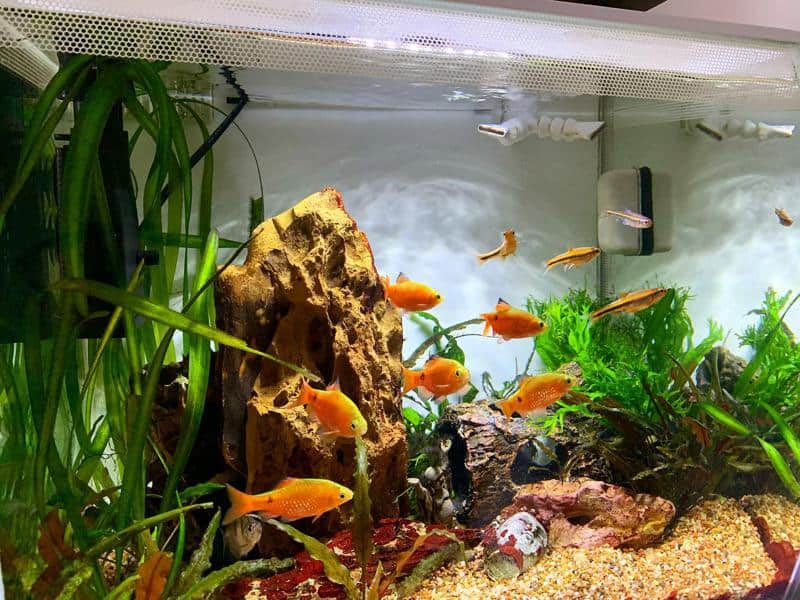
Barbs are highly active fish with a hardy disposition and resilience that make them an excellent choice for beginners to the tropical fishkeeping hobby. There are over 50 known varieties of barbs today, with selective breeding making it possible to have more.
Most barb species are fairly peaceful. They’re omnivores, thriving best on a diet composed of fish flakes and also yummy treats like bloodworms or brine shrimp. They can be quite playful at times, making them unsuitable tank mates for slow or fragile companions.
Some of the most popular varieties include Cherry Barbs, which are vibrant, red-hued barbs, and Tiger Barbs, which are larger barbs that have a cream and black coloration.
11. Gourami
Gouramis are tranquil community fish known for their captivating colors and affinity for companionship, which is why they’re mostly kept in pairs.
There are over 130 different types of gourami, such as the Dwarf Gourami, the Kissing Gourami, the Honey Gourami, and the exquisite Pearl Gourami. Many of them are found in freshwater environments, including rivers, lakes, and swamps all across Asia.
One of the most remarkable features of Gouramis is their labyrinth organ, which enables them to extract oxygen directly from the water’s surface. This adaptation allows them to thrive even in habitats with low oxygen levels.
That said, this doesn’t mean you no longer have to maintain their aquarium. They thrive best in planted tanks, with plenty of hiding places where they can feel safe.
12. Killifish
The Killifish ranks among the most vibrant additions you can introduce to a tropical freshwater aquarium.
This diverse group includes more than a thousand different species varying in size and coloration, offering a wide array of options for aquarium enthusiasts.
They’re remarkably hardy, displaying a tenacity that allows them to thrive in conditions that many other fishes probably won’t survive. They can be kind of challenging to feed due to their skittish nature, but this should be easily remedied by keeping them in a species-only tank.
Interestingly, Killifish are known to jump from tanks. If you’re planning to keep this beautiful fish, make sure your aquarium has a lid to prevent this from happening.
13. Loach
Loaches are typically best known for their role as bottom-dwelling scavengers. Their elongated bodies and distinctive characteristics contribute to their unique appeal, enhancing the visual interest in your aquarium.
There are plenty of loach subspecies, including the Kuhli Loach, the Clown Loach, and the Yoyo Loach. Many of them thrive in schools of around 4-5 individuals.
However, it’s important to note that some species can grow up to a foot in length, which means they’re more suitable for very large aquariums. If you have a smaller aquarium, you may want to consider smaller loach species like the Kuhli, with a maximum average length of 4 inches.
Additionally, these fascinating creatures can be somewhat shy. Providing adequate hiding spots like driftwood and caves should help them feel safer and more secure.
14. Plecostomus
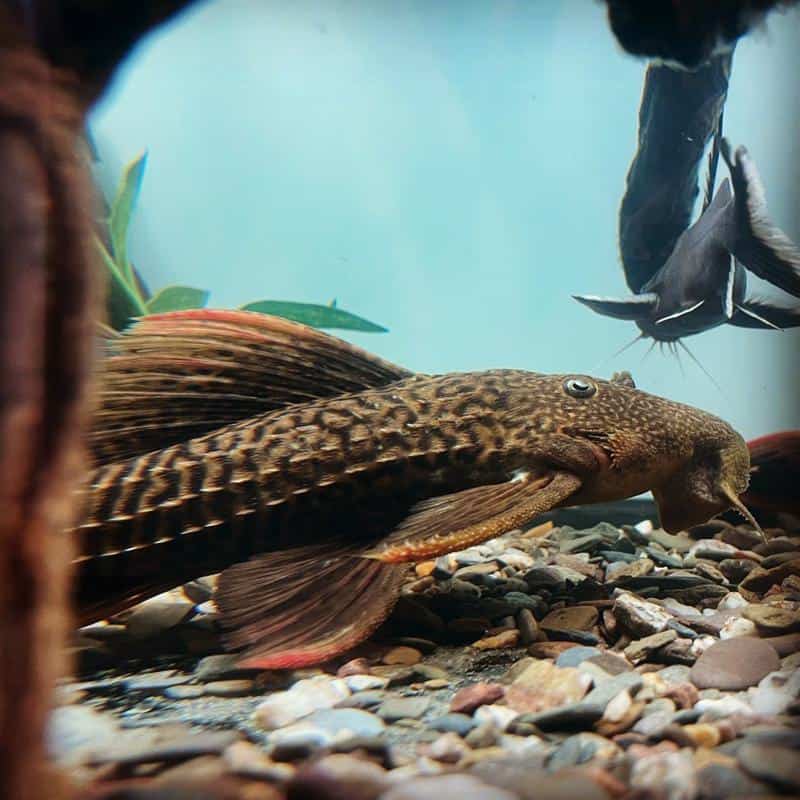
Many hobbyists recognize Plecostomus, also known as the Sailfin Catfish, as the suckerfish or “janitor fish” that are attached to the sides of aquarium walls. Not that it’s a surprise – Plecos love doing nothing more than eating algae all day, every day.
They’re not much to look at, but they became popular in the aquarium trade after it was discovered that they were great at being algae-eaters.
One thing to keep in mind is that Plecos can grow very large, save for species like the Bristlenose Pleco that can stay below 5 inches. Many Plecos actually end up outgrowing their own tanks.
Sadly, frustrated owners – who didn’t expect this to happen – will sometimes end up “releasing” their pets into the wild, harming the local population in the process.
This practice is so widespread that Plecos have become a big problem in many countries worldwide. One example is the Philippines in Southeast Asia, where invasive Plecos have been decimating local species and greatly harming the country’s fishing industry for decades.
15. Rainbowfish
Rainbowfish, as their name implies, constitute a splendidly colorful ensemble of freshwater tropical fish. They come in a wide range of colors, patterns, and sizes, from the Neon Rainbowfish that measure less than 2.5 inches to the 4-inch Boeseman’s Rainbowfish.
Native to Indo-Pacific waters, Rainbowfish thrive in large community aquariums. Many of the larger species need a minimum of 55 gallons to be comfortable. They also need lush foliage, as it provides ample opportunities for them to weave in and out of the vegetation.
The great thing about these fish is that they’re fairly easy to care for. They’re not picky eaters, and they also don’t usually start fights with their tank mates.
16. Angelfish
If you want a centerpiece for your tropical aquarium that will showcase its natural beauty, you may want to consider Angelfish.
Angelfish come in different subspecies and varieties, with three main types: altum, leopoldi, and scalare. Some are saltwater, while others are freshwater.
Many of the freshwater ones come from the Amazon River Basin. However, due to their long history of captive-bred, selective breeding, freshwater Angelfish now have hundreds of different colors, fin shapes, and even scale types.
It’s worth noting that freshwater Angelfish can have distinct personalities and temperaments, a common trait among cichlids like them. Aggression is sometimes present but is usually easy to diffuse, especially if you have multiple individuals in the same tank.
17. Discus
Discuss are a relative of Angelfish, as they’re both South American cichlids. These interestingly shaped fish have earned the moniker of “King of the Aquarium” thanks to their assortment of vibrant hues and unique patterns.
That said, they can be quite challenging to maintain due to all their special needs and requirements. For one, they need a tank of at least 50 gallons decorated with plenty of plants and wood to simulate their natural environment.
They also tend to need more water changes compared to other fish species since they don’t handle ammonia, nitrites, and nitrates well. This can be a problem for some fishkeepers since Discus need a protein-rich diet, which means their waste contains plenty of nitrogen.
In other words, maintaining a Discus tank can be more demanding than usual. They need royalty-level of care, that’s for sure.
18. Red-Tail Shark
Red-Tail Sharks, also known as Red-Tailed Sharks or Red-Tailed Black Sharks, are remarkable aquatic creatures featuring striking black bodies adorned with, as the name suggests, vibrant red tails.
Despite their name, they are not actual sharks. Instead, they belong to the same family as Goldfish and Koi. Their silhouette, however, bears a resemblance to the sleek profiles of slim-bodied sharks, such as blue sharks or blacktip reef sharks, earning them this name.
They’re solitary by nature, dedicating most of their time to foraging the substrate for extra food. It’s best to give them a soft substrate since sharp or rough substrates can harm their sensitive noses and mouths.
Red-Tailed Sharks can be put in community aquariums, but we don’t recommend it, especially for beginners. Whatever you do, though, never put two Red-Tails in one aquarium. That’s because if you do, it’s only a matter of time before they fight to the death.
19. Freshwater Eel
Freshwater eels are also starting to become more popular in the tropical fishkeeping community. There’s a diverse array of freshwater eels that can thrive in aquariums, with variations in size and appearance.
Eels are predominantly nocturnal, which means they’re mostly active during nighttime hours while resting during the day. They love seeking out good hiding spots, such as nooks and crannies within the aquarium, where they can remain hidden from potential daytime predators.
They can be naturally territorial, so you need to give them enough space to call their own. 30 gallons is the ideal minimum for freshwater eels in general, though some species may need more or less than this.
Many eel species are carnivorous and require a protein-rich diet. Some eels will also hunt down and eat smaller tank mates, so keep this in mind when putting them in a community tank.
20. Arowana
The Arowana is a magnificent creature that any hardcore tropical fish enthusiast would love to display in their tanks.
They’re highly coveted and renowned for their exceptional beauty. Some of the most expensive fish ever sold in history are Arowanas, with the Platinum Asian Arowana fetching a jaw-dropping price of $300,000 to $400,000.
These colors are actually mutations, with the Platinum color being a form of albinism, making them hard to replicate when breeding in captivity.
Sadly, they’re not quite beginner-friendly fish. True, they’re fairly easy to care for, and they don’t require a special type of maintenance. And although they have a preference for live food, they don’t mind fish pellets or even flakes.
However, the problem lies in their space requirement. Arowana fish grow very quickly. In fact, you can have a 4” baby today and have a 3-foot-long monster by the end of next year. You’ll need a tank of at least 250 gallons just to be able to accommodate it.
Conclusion
Tropical fish are a truly captivating subset of the aquatic world, celebrated for their vibrant colors, unique behaviors, and habitat preferences.
We understand that it can be quite hard to choose the most suitable species for you, but hopefully, this list of the most popular tropical fish helped.
With the knowledge you gained from this article, you can now have your tropical paradise right in your own home.
